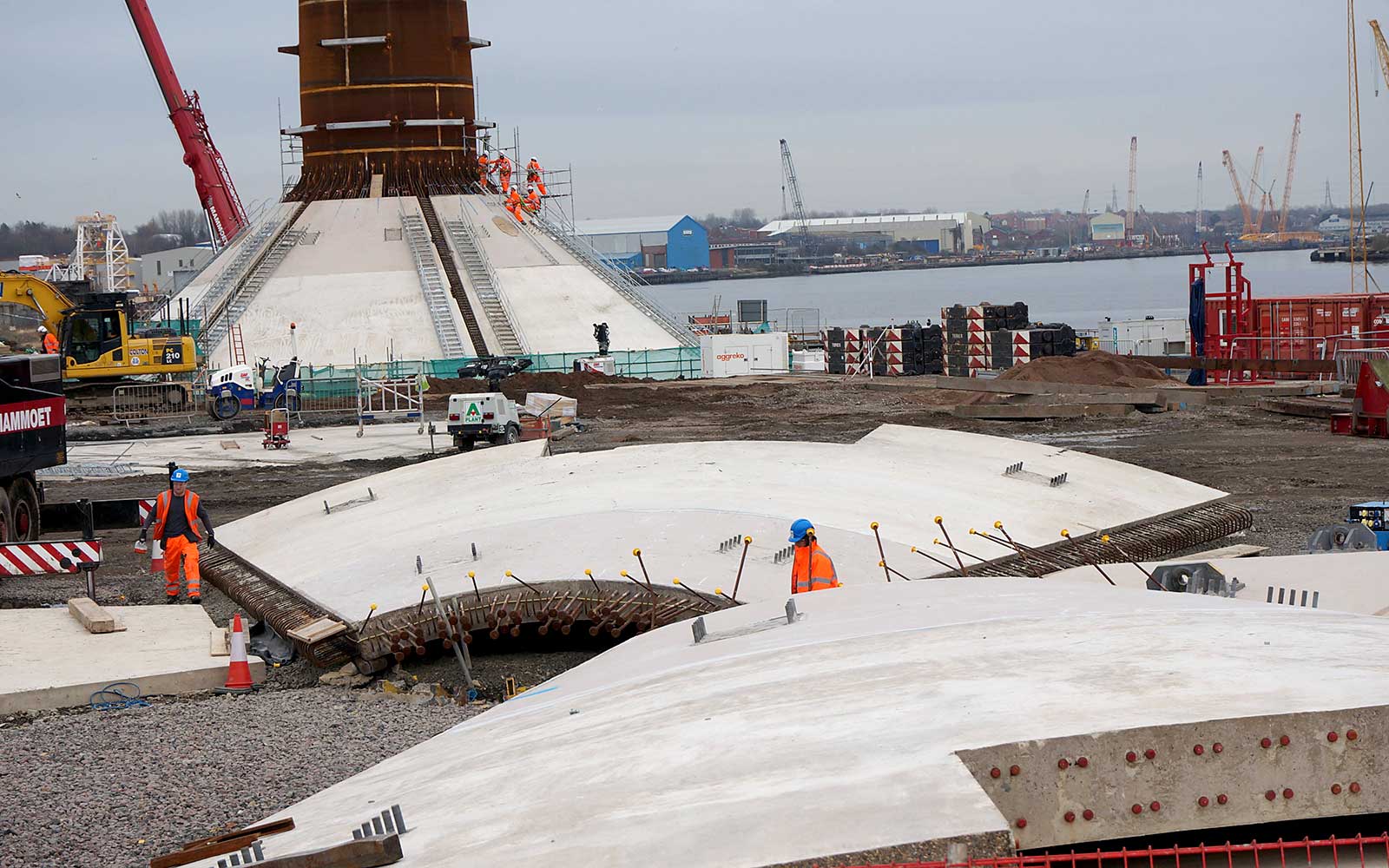Pile Integrity Testing (PIT)
Assessing the superstructure of new buildings via visual examination, checks on dimensions and determination of the strengths of materials used in construction. Call for more information.
Integrity testing
The integrity of members within the superstructure of new buildings may be assessed from visual examination, checks on dimensions and determination of the strengths of materials used in construction.
However, for piled foundations it is not possible to undertake either a visual examination, or determine the dimensions, of the completed pile. In the past the problem has been approached by selecting one or more working piles and undertaking loading tests.
This procedure tests only the specific pile or piles selected; which may have received 'special' attention during installation. Most problems with piles relate to defects which develop during construction or subsequent excavation and trimming of the piles and the probability of such random defects being detected in the test piles is quite low.
By carrying out integrity tests, on all piles, those with abnormalities may be identified. These abnormalities may then be investigated by either physical examination or load testing as may be considered appropriate for the case.
On a typical contract the cost of integrity testing all of the piles are likely to be somewhat less than a single load test.
The test system adopted by GBG is the sonic or pulse echo method. In essence this involves attaching a motion transducer to the top of the pile and imparting a sharp blow with a hammer. The resultant vibration is monitored and displayed on a a field computer and data recorder. The data is then stored before return to the office for analysis and interpretation in both the time and frequency domains.
The method can successfully be used for precast or in-situ piles with a maximum slenderness ratio of at least 30 diameters. Cased or uncased piles may be tested. At present it is not possible to test segmental piles. Steel sheet piles have been tested satisfactorily to determine their lengths.
The rate of testing on site is dependent upon the adequacy of head preparation and can exceed 100 piles in a single day. Pile heads should be trimmed ready for further construction and blown clean prior to testing. A sensibly level surface is required but special treatment such as scabbling or resin coating is unnecessary.
A modification of this technique can be used for void detection in concrete structures.
GBG investigates a wide range of structures from historically significant buildings to small private residences.
Complete the form below, call us on +44 1223 812 464 or contact us via email at works@gbg.co.uk. A member of the team will respond ASAP to discuss your requirements.
Please note: GBG Group is compliant with the General Data Protection Regulation (GDPR). To learn more about how we collect, keep, and process your private information in compliance with GDPR, please view our privacy policy. *






